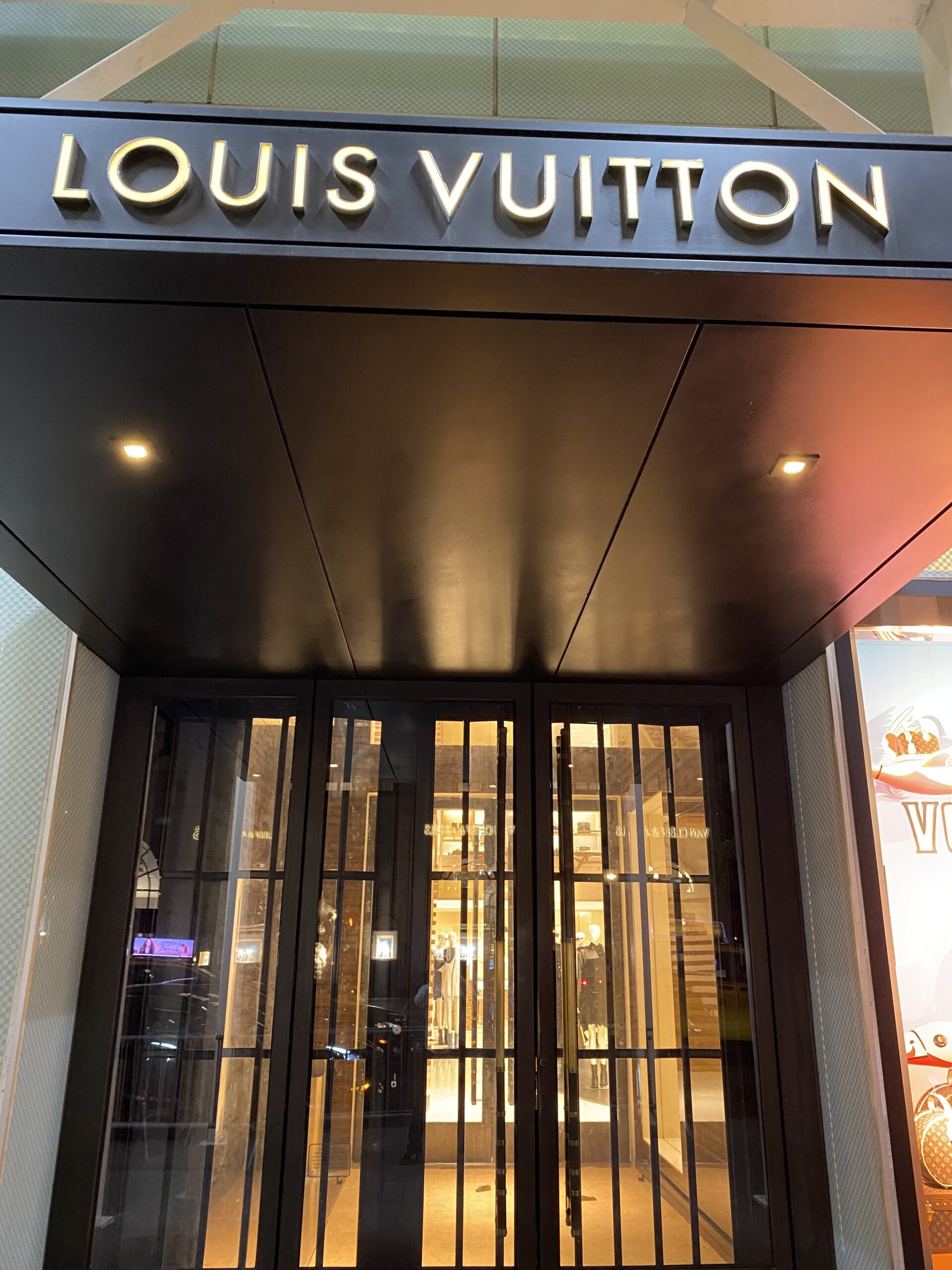
19 Apr Chinese Manufacturers Expose Luxury Brands as Trade War Erupts
Chinese Manufacturers Expose Luxury Brands as Trade War Erupts
The Hidden Hands Behind Luxury
Chinese Manufacturers Expose Luxury Brands as Trade War Erupts. Luxury brands often market themselves as exclusively European, but the reality is far more complex. Many rely heavily on Chinese manufacturers for production. These manufacturers—previously silent—are now speaking out. As tensions rise due to the ongoing U.S.-China trade war, they are revealing the real origins of premium goods.
Why Chinese Manufacturers Are Speaking Up
In recent months, Chinese factories have begun to call out major luxury brands. Their message is simple: “We make your products.”
This move stems from rising tariffs, political pressure, and shrinking profit margins. As manufacturers feel the squeeze, they’re no longer willing to remain in the shadows.
A prominent case involves a Guangdong-based textile group that has supplied high-end fashion houses for years. Their spokesperson recently disclosed production deals with multiple European luxury brands, highlighting the dependency of the West on Chinese craftsmanship.
Luxury’s Global Illusion Shattered
Luxury goods thrive on perception. “Made in Italy” and “Parisian Design” evoke a sense of old-world exclusivity. However, the reality often includes Chinese manufacturing for cost-efficiency.
Now, with manufacturers going public, this carefully curated illusion is crumbling. Consumers, especially younger and more informed ones, are questioning the authenticity of the luxury labels they buy.
According to a report from McKinsey & Company, transparency in fashion is no longer optional. Brands that fail to disclose their real production processes risk backlash and declining consumer trust.
Trade War Fallout: Price Hikes and Production Chaos
As the U.S. and China slap tariffs on each other, luxury brands are caught in the crossfire. Cost of goods has risen sharply. Brands are being forced to either raise prices or absorb losses.
Factories are also navigating increased scrutiny and instability. Some European labels have begun moving production to Southeast Asia, but the transition isn’t smooth. Skilled labor, quality control, and logistics remain major concerns.
Consumers are already feeling the pinch. The price of several high-end goods, from bags to watches, has increased over 20% in the last year. That’s not just inflation—it’s trade war economics in motion.
Brand Integrity on the Line
Revealing the Chinese origins of luxury products could damage brand reputation. But hiding it is becoming impossible. In the digital age, nothing stays secret for long.
One viral TikTok video from a Chinese factory worker showed production lines making bags for multiple top-tier brands in one facility. Millions viewed the clip, sparking debate on what “luxury” really means.
Consumers are demanding honesty. A recent Statista survey showed 86% of consumers want brands to be transparent about sourcing and manufacturing.
A Turning Point for Luxury Brands
This exposure might just be the wake-up call luxury brands need. Those that adapt—by owning their supply chains, improving transparency, and communicating openly—can maintain customer loyalty.
Some brands are already making moves. For example, Burberry has begun investing in its own factories and reducing dependency on external suppliers. Meanwhile, LVMH is shifting portions of its production back to Europe, though costs remain a major hurdle.
The Road Ahead: A More Honest Luxury Industry?
Will this exposure destroy luxury brands or force them to evolve? Likely the latter. As transparency becomes non-negotiable, luxury labels must redefine what “premium” means.
Superior design, craftsmanship, and ethical manufacturing can still justify high prices. But smoke and mirrors won’t cut it anymore.
Manufacturers in China are no longer nameless or faceless. Their skills, once hidden, are now front and center. The global fashion world must adapt, or risk losing the trust of a new generation of conscious consumers.
Conclusion: A Luxury Reckoning
The trade war may have started as a political maneuver, but its ripple effects are now felt in the closets of consumers around the world. Luxury brands can no longer operate behind closed doors. Transparency isn’t just trendy—it’s required.
Chinese manufacturers have pulled back the curtain. Now, it’s up to the luxury industry to step into the light.
Want more insight into luxury trends, behind-the-scenes reports, and global brand shakeups?
Stay tuned to EverythingLuxury.com for more insider content.



